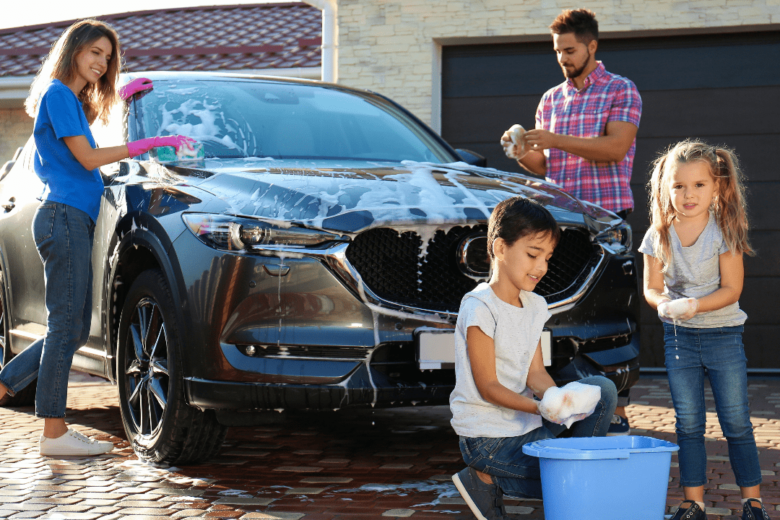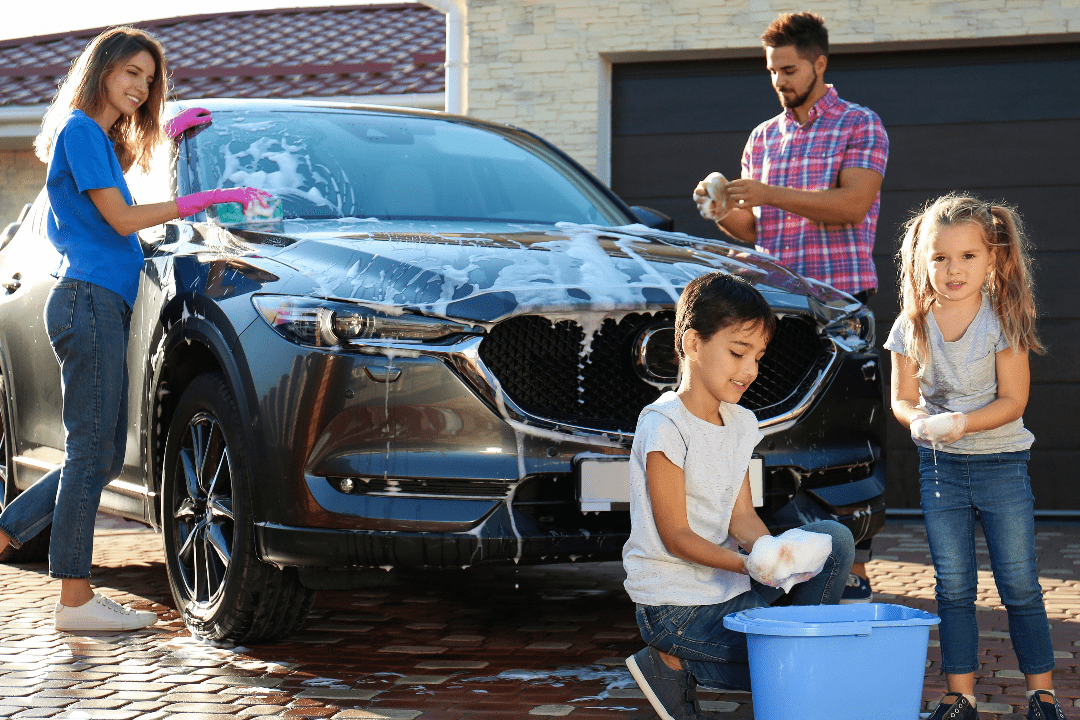Introduction
Maintaining the glossy shine of your car is not just about aesthetics; it’s also about preserving its value. Regular waxing is a crucial part of car maintenance, protecting the paint from environmental factors like UV rays, rain, and pollutants. While professional waxing services are available, many car enthusiasts and DIYers are turning to do-it-yourself methods. DIY car waxing offers benefits such as cost savings and the satisfaction of maintaining your vehicle personally. In this guide, we’ll explore everything you need to know about DIY car waxing, from the basics to expert tips and real-life success stories.
The Basics of DIY Car Waxing
Waxing your car at home might seem daunting, but with the right approach, you can achieve professional results. Start by thoroughly washing and drying your car to ensure a clean surface for the wax to adhere to. Next, select the appropriate type of wax for your vehicle’s finish. Apply the wax in sections, using a soft applicator pad and following the manufacturer’s instructions. Allow the wax to haze before buffing it off with a microfiber cloth. Recommended tools include quality waxes, applicators, and buffing cloths. Remember, patience and attention to detail are key for a flawless finish.
Types of Car Wax
Choosing the right type of car wax is essential for a successful DIY waxing project. Car waxes come in various forms, including spray, paste, and liquid. Spray waxes are quick and easy to apply, making them ideal for regular maintenance. Paste waxes offer durability and a deep shine but require more effort to apply. Liquid waxes provide a balance between ease of use and longevity. Consider your car’s finish and your personal preferences when selecting a wax type. For example, paste wax might be best for a classic car with a vintage finish, while a liquid wax could suit a modern vehicle.
DIY Car Waxing Tips and Tricks
Achieving a long-lasting, high-gloss finish involves more than just applying wax to your car’s surface. Start by working in a shaded area to prevent the wax from drying too quickly. Use circular motions to apply the wax evenly and avoid applying too thick a layer. A light, even coat is often more effective. Avoid common mistakes such as using an abrasive cloth or applying wax to a hot surface, which can lead to streaks and uneven coverage. With these tips, you’ll be able to enhance your car’s appearance and extend the life of the wax.
The Science Behind Car Wax
Understanding how car wax works can enhance your DIY waxing efforts. Car wax creates a protective barrier on the paint’s surface, repelling water and minimizing the impact of dirt and pollutants. This protection helps maintain the car’s shine and color, reducing the risk of fading and oxidation. Modern advancements in waxing technology have led to the development of synthetic waxes that offer enhanced durability and easier application. These innovations enable car enthusiasts to achieve professional-level results at home, extending the benefits of waxing beyond traditional methods.
Real Stories DIY Car Waxing Success
Hearing from fellow car enthusiasts who have successfully waxed their vehicles can be inspiring. Many DIYers share stories of personal satisfaction and the notable difference waxing has made to their cars’ appearances. Before-and-after photos showcase the dramatic transformation achieved through DIY waxing. These stories highlight the savings in both time and money compared to professional services. By taking the DIY route, enthusiasts enjoy the pride of ownership and the ability to customize their car’s maintenance routine to their preferences.
Conclusion
DIY car waxing offers a rewarding opportunity for car enthusiasts to take an active role in maintaining their vehicles. By understanding the basics, choosing the right products, and applying expert tips, you can achieve a showroom-quality shine while saving money and time. We encourage you to try DIY waxing yourself and share your experiences and tips in the comments section below. For more DIY automotive maintenance content, be sure to subscribe to our updates and keep your car looking its best year-round.



